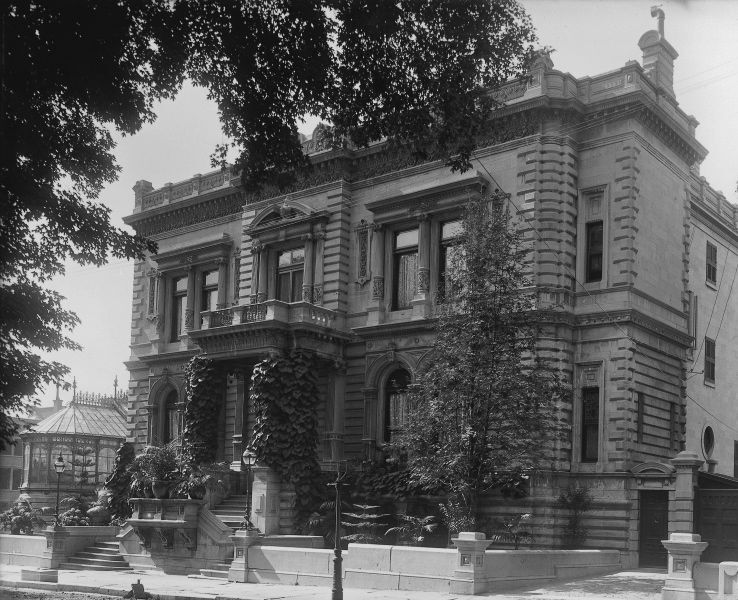The first phase of industrialization brought sweeping social changes, including the creation of a new social class: the working class. In Lower Canada, this group was mostly French-speaking men, women and children who had little money. The English-speaking middle class tended to be in charge of the factories.
Working conditions in the factories were difficult and wages were pitiful. Wages were so low that all members of a family had to work to afford their expenses, while women and children earned even lower wages than men. It was not unusual to see 12-year-old children working in a factory. People worked 6 days a week for 10 hours a day and often worked overtime.
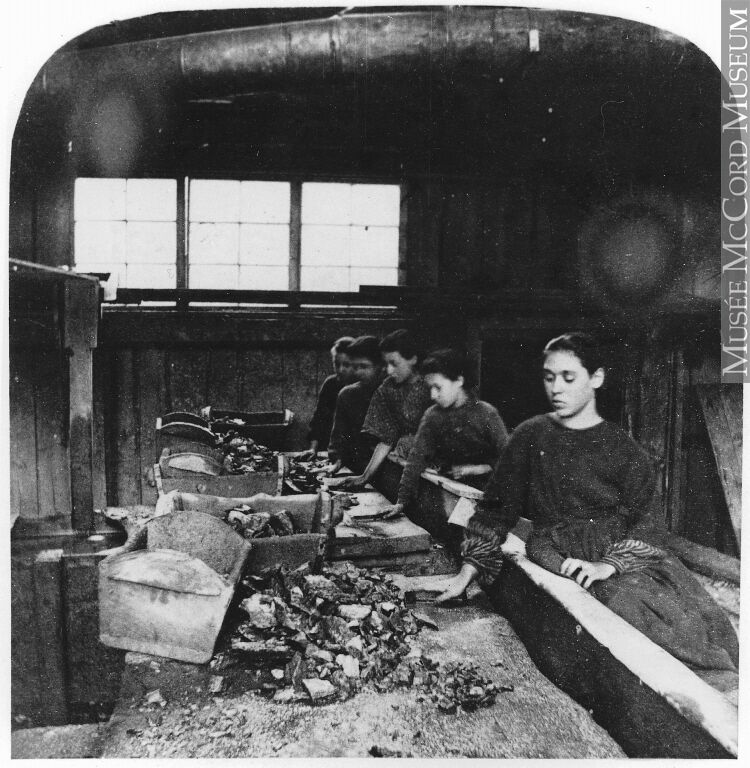
The working classes worked in dirty factories that were poorly lit and rarely heated. What’s more, the machinery the workers used was often unsafe: workers were frequently injured and sometimes even killed. When an employee was ill or injured and unable to work, they were not paid. Sometimes these workers were even fired, with no compensation.
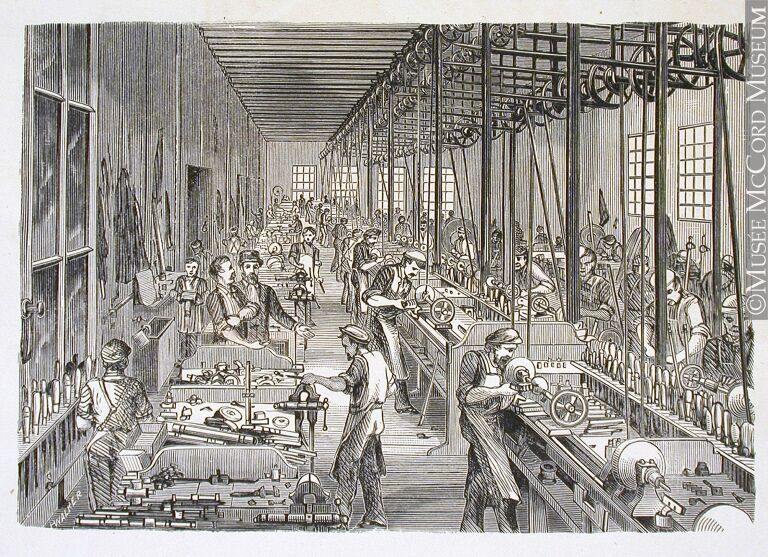
To stop abuse by factory owners and to improve working conditions, workers organized themselves and formed unions.
A union is a group of workers who have decided to come together to defend their common goals and their rights as well as to demand better working conditions.
Their demands included shorter working hours, a salary when they were sick or injured, better working conditions and the right to strike.
A strike is an action taken by a company’s workers. Workers temporarily stop working to show their dissatisfaction.
However, when employees made their demands, employers failed to immediately improve their working conditions.
Ultimately, illegal strikes by employees convinced employers to change their working conditions. In 1872, the federal government voted in a law that recognized workers’ associations and their right to strike. Before then, strikes and unions were considered illegal. However, this law would not be respected for the next 20 years.
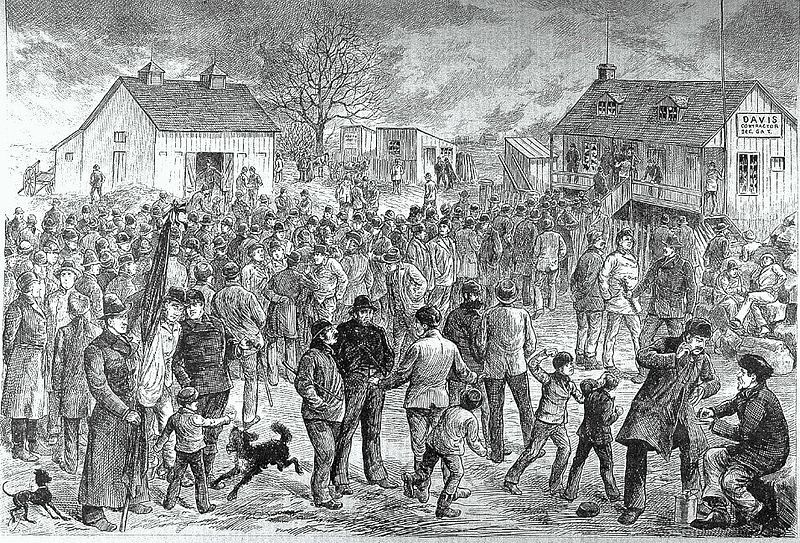
In the early 1880s, the federal government stepped in once again and enacted laws to improve working conditions. Among other things, the government imposed a minimum working age for children and a limit on working hours per week. Conditions improved, but they were still unsafe.
The population began to increase exponentially in the 1850s, and, in the countryside, this growth led to a lack of farmland. Inhabitants of rural areas had to move to towns and cities where industrial growth had created many jobs. This process is known as the rural exodus, and marks a major shift in the population towards cities. The term ‘urbanization’ is used to describe the arrival of a large number of people in cities. Towns and cities existed before the 1850s, but it was during the second half of the 19th century that they expanded significantly.
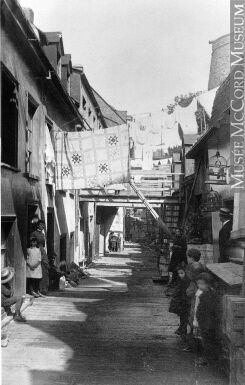
As industries grew and huge numbers of people flooded the cities, many working-class districts developed close to the factories. However, the air in these neighbourhoods was badly polluted because factories nearby burned coal.
The apartments in these working-class districts were built close together, increasing the risk of fires spreading. What’s more, the conditions themselves were unhealthy, with no electricity or sewer system. Waste was thrown into the street, and it contaminated the water. This put the people living in these neighbourhoods at risk of developing illnesses and spreading epidemics. The mortality rate was very high, especially among children.
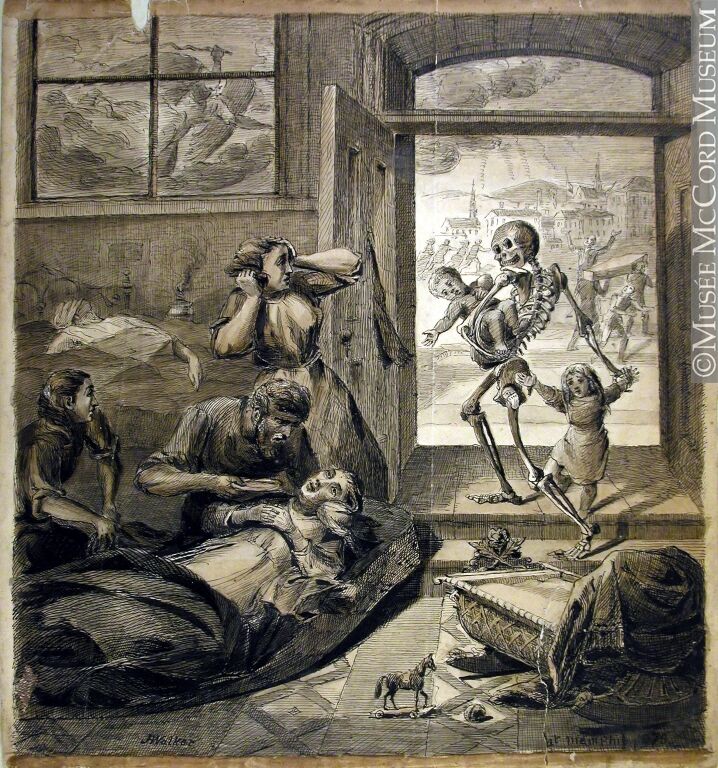
In the 1880s, the Quebec government sought to better manage the situation and adopted laws to improve the health and hygiene of the inhabitants. Public outreach efforts were also put in place to promote healthy lifestyles and immunization.
The districts where the upper-class lived were very different from the working-class neighbourhoods. The factory owners lived in areas far from their factories, where the air was clean. There was also electricity and usually a sewer system.
